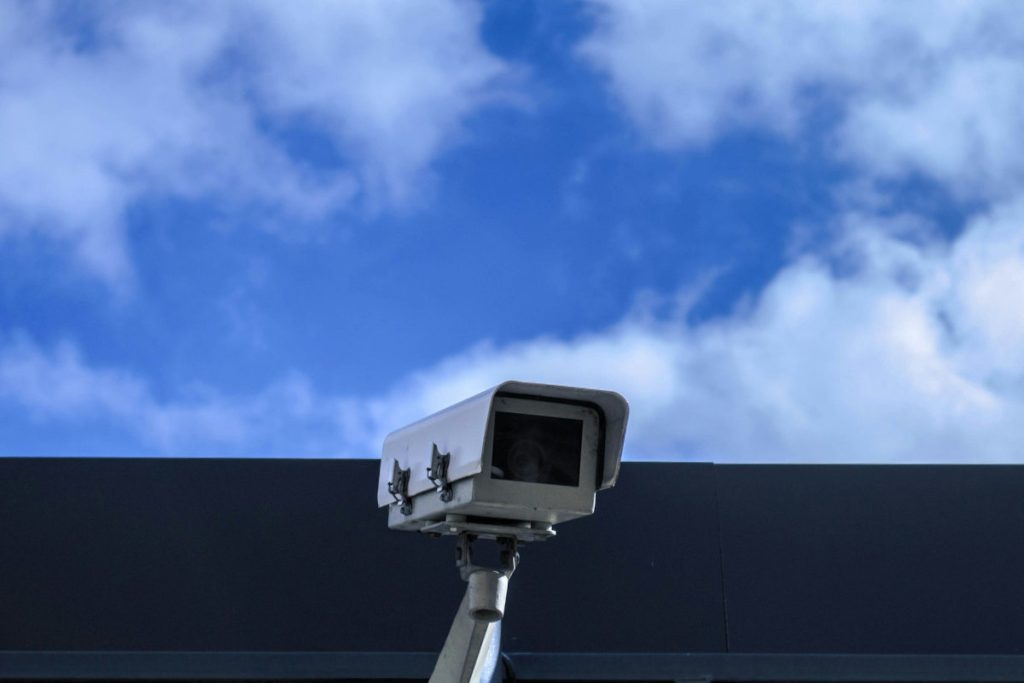Effective building security extends beyond surveillance cameras and access control systems; it begins at the very perimeter of the property. Commercial landscaping plays a crucial role in enhancing security measures by providing both physical and psychological barriers that deter unauthorized access and criminal activity.
In this article we’ll lay out five ways that landscape design choices can be used to create a safer and more secure commercial property:

5 Ways that Landscaping Can Make Commercial Properties Safer
1. Physical Barriers and Access Control
Commercial landscaping strategically utilizes elements such as hedges, shrubs, and trees to create natural barriers around the building perimeter. These barriers can be designed to guide foot traffic and prevent intruders from easily accessing restricted areas. For example, thorny shrubs planted beneath windows or along fences discourage attempts to breach the property. Additionally, well-placed boulders or decorative fencing can serve as physical deterrents, making it challenging for unauthorized individuals to approach the building unnoticed.
2. Surveillance and Visibility
Carefully planned landscaping enhances visibility for security cameras and personnel, minimizing blind spots and improving surveillance capabilities. Trimmed hedges and low plantings ensure that security cameras have clear lines of sight, enabling monitoring of key areas such as entrances, parking lots, and loading docks. Improved visibility also increases the likelihood of early detection of suspicious activities or individuals, allowing security personnel to respond promptly.
3. Psychological Impact
Beyond its physical benefits, commercial landscaping contributes significantly to the psychological perception of security. A well-maintained landscape portrays an image of care and attention to detail, which can deter potential criminals who perceive a property as well-guarded and actively monitored. In contrast, neglected or overgrown landscapes may signal neglect or lack of oversight, potentially attracting unwanted attention.
4. Environmental Design Principles
Landscaping designed for security integrates principles of Crime Prevention Through Environmental Design (CPTED), emphasizing natural surveillance, territorial reinforcement, and access control. For example, strategic placement of plantings can define property boundaries and create a sense of ownership among tenants or employees, fostering a collective responsibility for security.
5. Sustainable Practices
Modern commercial landscaping practices also emphasize sustainability and eco-friendliness. Using native plants and drought-resistant species not only reduces water consumption but also enhances the resilience and longevity of the landscape. Sustainable practices contribute to a healthier environment while maintaining the security-enhancing benefits of commercial landscaping.
In conclusion, commercial landscaping is a multifaceted approach to enhancing building security. By combining physical barriers, improved surveillance capabilities, psychological deterrence, and sustainable practices, landscaping professionals can create environments that promote safety and well-being for building occupants and visitors alike. Effective security landscaping not only protects property and assets but also enhances the overall aesthetic and functionality of commercial spaces.
